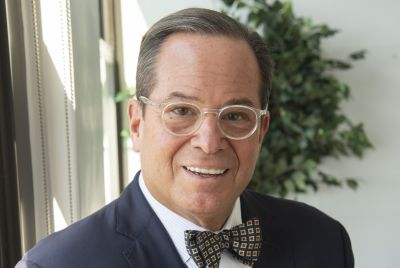Getting charitable with funds
Lance Armstrong has been pretty impressive on the roads of France. But on Wall Street, not so much.
The famed cyclist has loaned his name to a new group of mutual funds from American Century Investments for retirement investors who want the mutual funds they buy to be charitable. The Livestrong funds are target-date retirement funds like others established in recent years by big no-load investment houses, except that they will eschew tobacco companies and donate some money to the Lance Armstrong Foundation.
The Livestrong funds appeared about the same time as a couple of much smaller similar funds.
The Giordano funds, out of Annapolis, Maryland, and the Giant 5 Funds, out of Colorado Springs, Colorado, also aim to donate a portion of profits to charity, according to recent reports.
But investors may discover that there are better ways to save for retirement while helping worthy causes.
These funds tend to have higher expenses to make up for the management donations, and investors end up paying the higher fees without getting the tax write-off they would normally get for taking a charitable deduction. Furthermore, the amounts that they will donate may be a small percentage of the money invested in them.
Lack of tax deductibility and minimal effect has me personally soured on them, said Jeff Tjornehoj, an analyst with research firm Lipper, a unit of Reuters Group Plc.
The Livestrong investments, which are funds of funds, will exact annual management fees of between 0.7 percent and 0.9 percent from investors who purchase them directly. That's in contrast to the 0.21 percent that competitor Vanguard charges, according to Morningstar.com.
The amount of donations is murky, too. American Century says it has promised at least $1 million to Armstrong's anti-cancer charity, with additional contributions based on the amount of new money flowing into the Livestrong funds. Hmmm.
Furthermore, the funds aren't doing much social screening, so investors who think they're getting green funds may not be. The Livestrong funds, for example, eliminate only tobacco companies from their lists of investments and don't check other companies against any other health, environmental or labor policy standards.
There are other ways to mix investing and charitable donations, however. Here are a few suggestions.
-- Just invest in mutual funds, and choose them for their low fees and good returns. Once a year, figure out how much you want to give your favorite charity and make that contribution in mutual fund shares.
Choose the shares that have appreciated the most, and you'll get a double bonus: You'll be able to deduct the value of the contribution from your income at tax time, and you won't have to pay any capital gains tax on the fund shares. You can usually arrange direct donations like this through the charity.
-- Make your own charitable contribution to a donor-advised fund. Some very big players, including Charles Schwab, Fidelity, T. Rowe Price and Vanguard, offer these funds, which are legally set up as charities, but act as holding pools. When you send money to them, you get a tax deduction for making a donation. You can't get any money back, but the money you invest there grows and grows, until you decide where you'd like to donate it.
You can direct these funds to write checks to the charitable groups you care most about. They tend to have minimum donations of $10,000, but you can seed them with shares of other funds and reap all the same tax benefits as above, too.
-- Invest through socially responsible funds and keep your donations separate. Some of these funds do donate to charities, but they also focus on community investment projects or screen out companies that may work at cross-purposes to the causes you like to support. You can find them listed at SocialFunds.com (http://www.socialfunds.com).
-- Got big money and the need for income? You can give to a charity in such a way that it invests the money and pays you income out of it. This is typically arranged through a charitable trust that takes more cash upfront than the other options listed here, but in the right situation, it's a beautiful thing. The charity keeps the investment, you get a tax write-off and some income, and everybody's happy.
© Copyright Thomson Reuters 2024. All rights reserved.



















